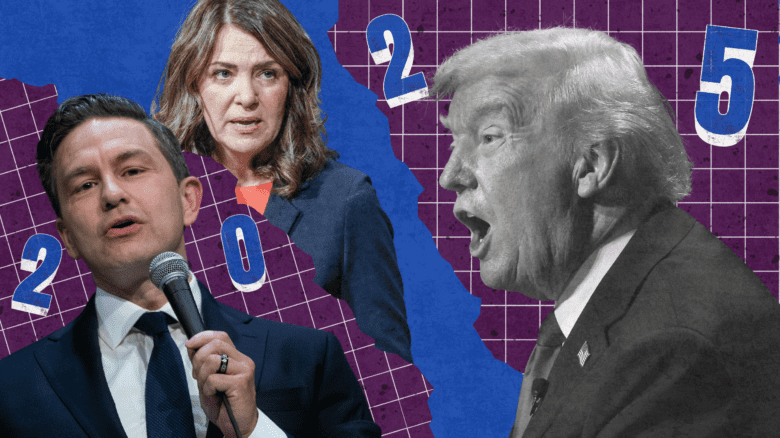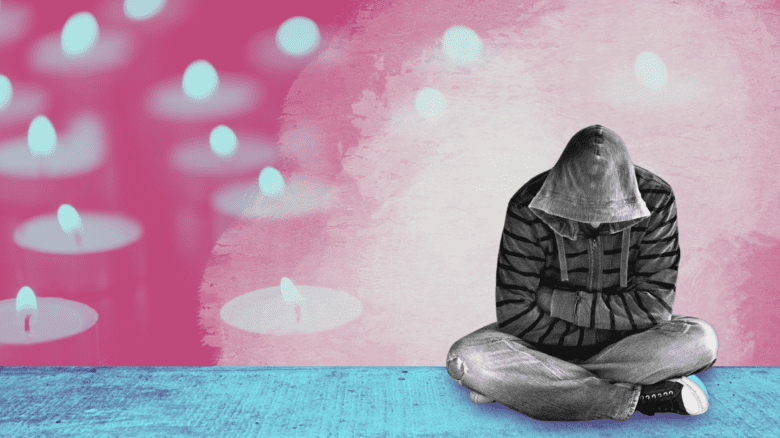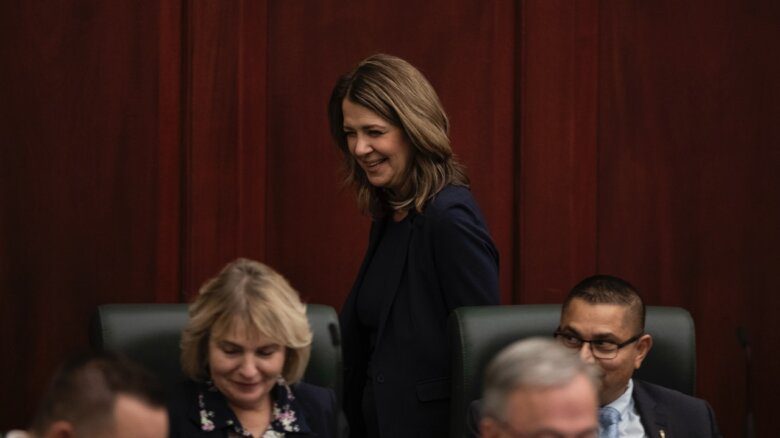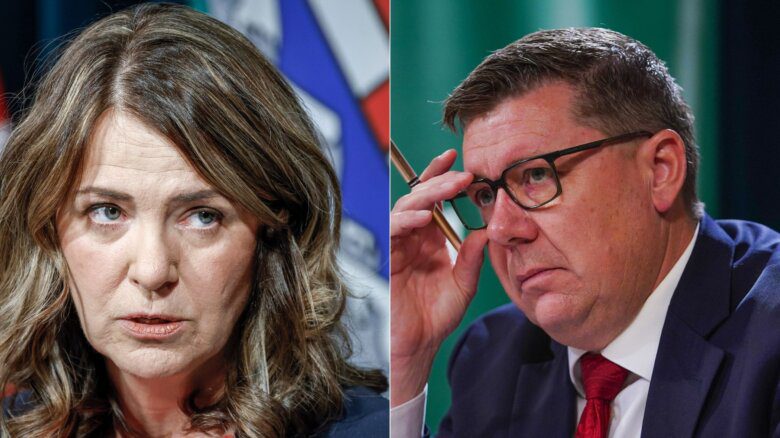On Aug. 4, 2015, then third-party leader Justin Trudeau was flying to Vancouver to attend the Pride parade when Stephen Harper surprised everyone and called the election early, opting for an 11-week campaign in the hopes of blunting pre-election advertising over the summer, and exhausting his opponents with such a long campaign. Trudeau decided that he had committed to being at Vancouver Pride, and that was how he was going to kick off his campaign. In a way, it set the stage for his time in office, where he made big promises to minority communities including LGBTQ2S+ communities, but his record on following through is decidedly mixed.
As he resigns as prime minister and turns over the reins to Mark Carney, we can say that Trudeau did have an overall positive effect on the lives of LGBTQ2S+ people in Canada, particularly with pushing forward the recognition of gender identity and gender expression laws to protect trans and gender nonconforming people. Nevertheless, because his was a government that couldn’t communicate its way out of a wet paper bag, the rights-affirming legislation also saw the rise of Jordan Peterson, who claimed that he could be jailed for misgendering someone, and became a folk hero of the far-right as a result. All of that could have been avoided if the government had had a better grasp on how to effectively rebut his nonsense rather than turning him into a faux martyr and purveyor of grievances.
Trudeau’s government did put money toward the queer and trans communities with project funding and the 2SLGBTQI+ Action Plan, which helped community organizations and Pride committees build capacity in order to better offer longer-term stability and programming for their communities, and it was flexible enough that when the need arose to make security a higher priority as protests began causing problems for Pride festivals around the country, the government was able to help with that as well. Trudeau’s government was able to get a bill banning so-called “conversion therapy” across the country passed unanimously thanks to a bit of clever manoeuvring (as the Conservative leadership at the time wanted the matter dealt with so that it couldn’t be used as a bludgeon against them).
There was good work in ensuring that queer and trans refugees had a faster way to Canada thanks to a partnership with Rainbow Railroad, which was a good solution by the government to ensure that they could forge links with civil society groups to do more good in the world. Trudeau also deserves praise for having the queerest Cabinet in Canadian history, and when the opportunity arose, all of those queer ministers got promotions and added responsibilities. Unfortunately, most of them are not running again in the next election.
But with the good came a lot more mixed parts of that legacy. For example, the blood donation ban was largely lifted, which is something that Trudeau promised to do, but he didn’t really have the authority to make it happen (because governments cannot direct an arm’s-length regulator). The government directed funds toward research so that Canadian Blood Services and Héma-Québec could update their regulations, and then took credit when they did eight years later, when, again, they didn’t have the authority to make the changes. Meanwhile, their funding for HIV programs across the country was slow to roll out after being promised, and saw certain long-term programs forced to close when their funding wasn’t renewed.
Trudeau and company talked a good game about measuring equality and equity through tools like Gender-Based Analysis Plus, which seeks to evaluate policies by how they affect not only gender, but other intersectional identities like race, sexuality or disability. However, they didn’t actually do any of the work other than just saying “GBA+” in reports, and the Auditor General called them out as a result. There has been a general recognition among many Canadian pundits that for this government, the announcement is the policy rather than the implementation. As well, Trudeau and his government didn’t make progress on employment-equity legislation to enshrine the status for queer and trans people.
Trudeau’s international record was also a mixed bag. While he did make a public admonition of Italian prime minister Giorgia Meloni in their first meeting for her curtailing the rights of LGBTQ+ rights in her country, the topic never came up again as the alliance of western countries in defence of Ukraine took precedence. Trudeau gave clearly inadequate responses in the face of Uganda’s anti-gay laws, and didn’t take the opportunity of Commonwealth gatherings—especially during the coronation of King Charles III—to press delinquent leaders on queer and trans rights, nor did he attend last year’s Commonwealth Heads of Government Meeting in Samoa. As well, in spite of clear demands from the diplomatic community and members of his own cabinet, Trudeau never appointed a special envoy for LGBTQ+ human rights.
As party leader, Trudeau also treated one of the most visibly queer ridings in the country, Toronto Centre, somewhat cavalierly. Because it was a “safe” Liberal seat, Trudeau used it to parachute his star candidates into the riding without a nomination contest, first with Bill Morneau and then Marci Ien, when queer members of the community, including economist Brett House, had been organizing a nomination bid. And for all of his enthusiasm about showing up at Pride celebrations around the country, Trudeau gradually stopped attending most of them as time went on.
There can be no doubt that Trudeau did a great deal for queer and trans Canadians over his near decade in power, but as with so many things with his government, some of that allyship wound up being performative, particularly once the easy wins were accomplished. This leaves it up to Trudeau’s successor, Mark Carney, to take on the heavy lifting with the things that didn’t get the time, attention or funding that they deserved. Carney, however, has been completely silent on queer and trans issues to date—something that is concerning because being completely economy-focused as he promises to be can lead to being blinkered about the social realities of vulnerable Canadians. We are now into an age where far-right and authoritarian forces in this country have already been using LGBTQ+ scapegoating as part of their tactics. Carney’s position in the so-called “radical centre” can mean that he might be willing to cede ground on these rights issues because he doesn’t see them as important, which is why queer and trans Canadians will need to push the party hard as the next federal election draws near.
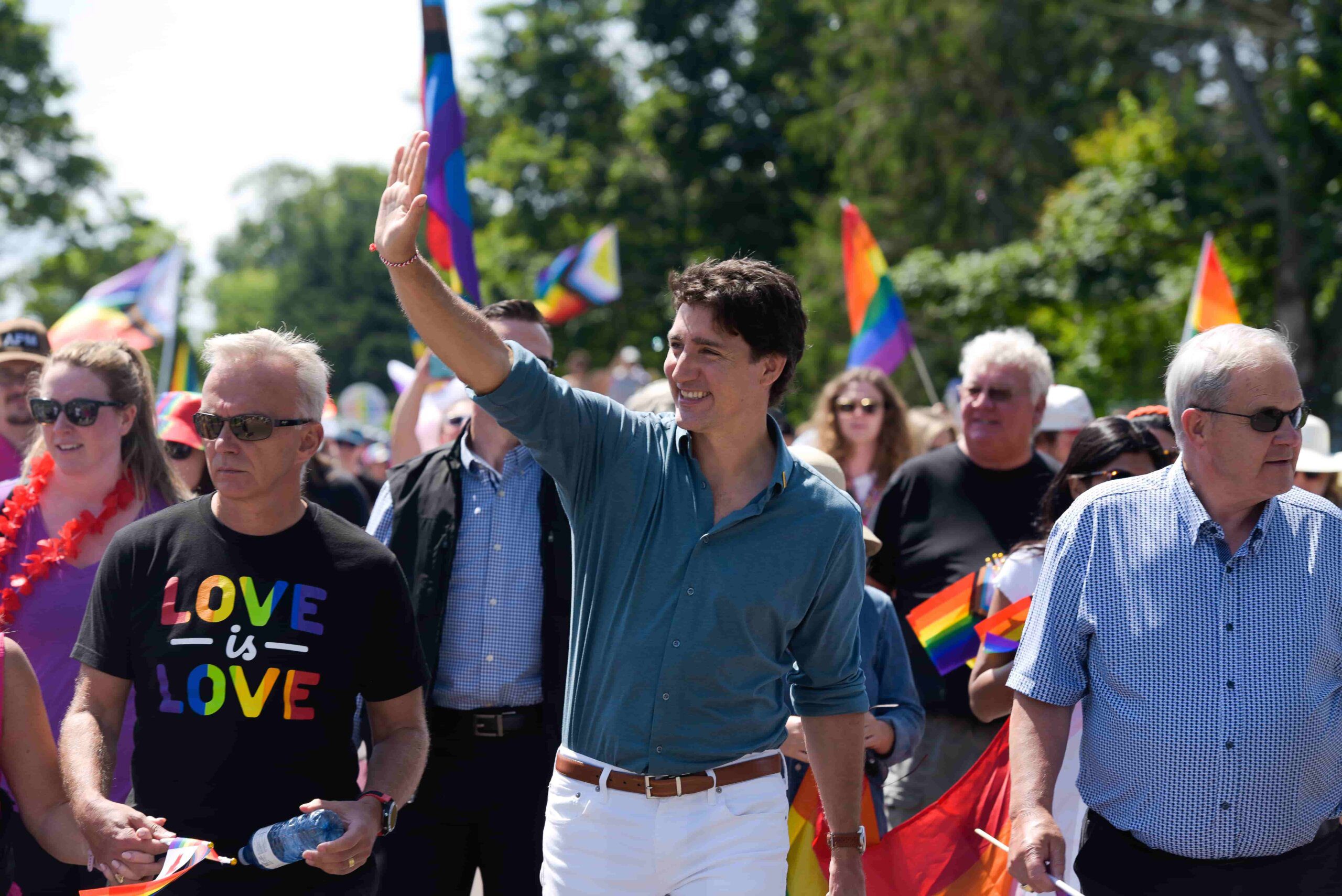

 Why you can trust Xtra
Why you can trust Xtra